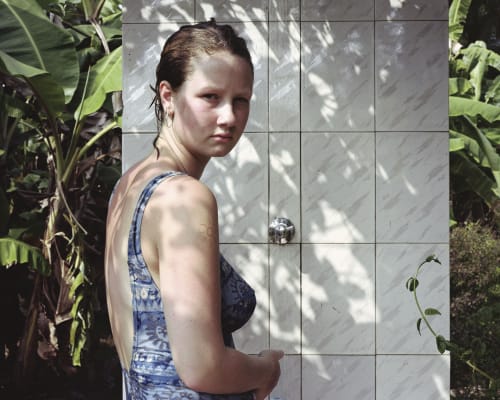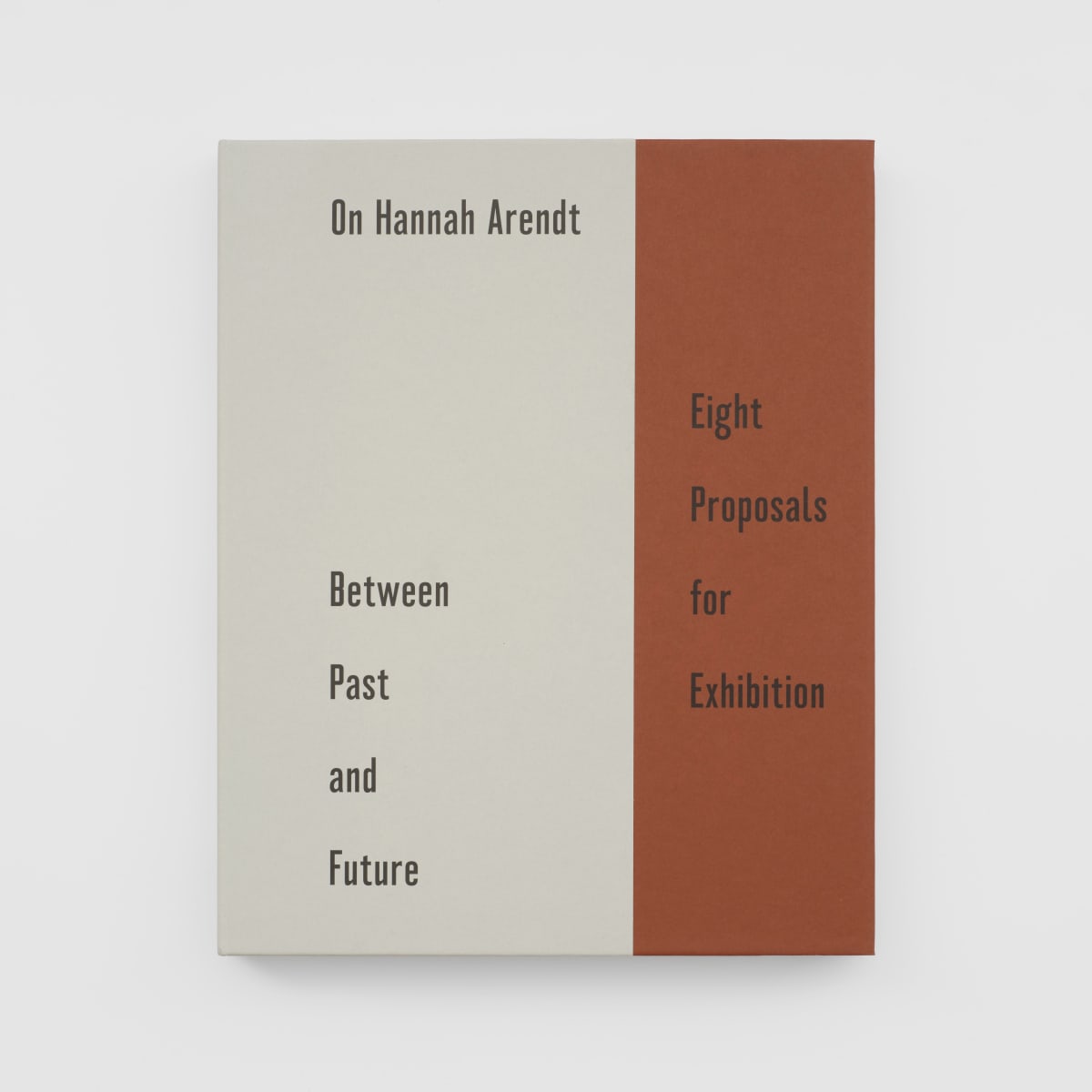The Crisis in Education: On Hannah Arendt
'On Hannah Arendt: The Crisis in Education' is the fifth exhibition in Richard Saltoun Gallery's year-long series dedicated to the political thinker. The show features a joint presentation between two female artists known for their embrace of photography, including Eleanor ANTIN and Siân DAVEY.
In ‘The Crisis in Education,’ chapter five of her book Between Past and Future, Hannah Arendt explores three principal areas that consider the role of education in terms of the child/student, the adult/teacher and the essential role that education plays in every civilization. Arendt argues that: “the problem of education in the modern world lies in the fact that by its very nature it cannot forgo either authority or tradition, and yet must proceed in a world that is neither structured by authority nor held together by tradition.” Her point, roughly stated, is that education requires a certain degree of authority, which guides the student to be simultaneously responsible for the world they live in and radical in terms of what they might bring to bear on it.
For Arendt, the role of education is to equip the student with certain governing principles or traditions so that they can positively impact the world as it is. In a classic Arendtian contradiction that combines the conservative with the revolutionary, she proposes that the best way forward is an education that, on the one hand, provides an appropriate attitude to the past and the world as it exists; while on the other hand instructing young people that things are there to be changed and it is their responsibility to do so.
In the 1960s and ‘70s, the Nova Scotia College of Art and Design (NSCAD) was arguably the epicenter of art education in North America. It was a school committed to dismantling the barriers between past and future in the manner that Arendt describes. It was within this radical learning environment that Eleanor ANTIN (b. 1935) exhibited Library Science (1971). The work consists of 27 black-and-white photographs, 25 of which are accompanied by a catalog card containing coded information about the image. In addition to these two components, the work includes an outline of The Library of Congress Classification system (LCC), a pamphlet, and an artist statement, all of which are fixed to a wall in a gridded format. Antin used the LCC to classify visual information sent to her by 26 women artists. The information provided by each participant could take “any form that described or represented herself, her life, her work,or any aspect of herself that she felt appropriate at this time.” The items provided were as diverse as a pair of clogs, dentures, an azalea plant, a broken axe head and a quotation from psychiatrist R.D. Laing. Antin’s approach to the organization of information combined a standardized classification system with more subjective and esoteric ways of knowing oneself and the world.
Portraits of Eight New York Women (1970) is made up of eight stand-alone assemblage sculptures paired with anecdotal texts. It approaches portraiture using conceptual and non-figurative organizing systems. This series is an earlier example of how we are ‘educated,’ in this instance how we are taught to consume; and how the commodities we acquire become a mode of self-representation. The ‘portraits’ reimagine several of Antin’s art world friends at that time, including artist Carolee Schneemann, critic Amy Goldin and poet Hannah Weiner. Antin stated that her intention was to “make portraits of people out of brand-new consumer goods” inspired by the Sears shopping catalog. In doing so, she brilliantly appropriated Sears’ own description of its brochure as “a mirror of our times, recording… today’s desires, habits, customs and modes of living.” The portraits were intended to be temporary, recyclable and recreated for each presentation. They functioned as a critique of the sanctity of the sculptural object, as well as highlighting the vast expansion of non-essential goods.
The politics and strategies of portraiture are an ongoing concern for British photographer Siân DAVEY (b. 1964). For this exhibition, ten images of the artist’s daughter and her friends have been selected from Davey’s series Martha (2014-2017). Davey recalls: “the work began when Martha was 16 years of age, a time when a child is on the cusp of being and becoming a woman…when for a brief period you are both a young woman and a child in the same body, before the child leaves and the young woman stands on her own to meet the world.” In ‘The Crisis in Education,’ Arendt foresees a crisis when: “the authority that tells the individual child what to do and what not to do rests with the child group itself – and this produces, among other consequences, a situation in which the adult stands helpless before the individual child and out of contact with [her].”
Davey’s remarkable photographs capture the tension that accompanies the passage from youth to adulthood. The individual must apply what they have learned as a child, while navigating their private, social, cultural, economic and political existence as an adult. They present a nuanced picture of Martha and her friendship circle in contexts and environments including socializing, at home, asleep and on holiday. Some of the images are positively joyful, while others are darker accounts of Martha’s maturity and are tinged with pathos, hopelessness, and loneliness. It is apparent that this important phase will impact how Martha understands herself and the surrounding world, or as Davey has said: “as she tries to define her own sense of self, to decide who she is becoming.”
‘On Hannah Arendt: The Crisis in Education’ is organized as part of the gallery’s 12-month program dedicated to the writings of the German-born, American political philosopher Hannah Arendt. Accompanying the programming is a new series of sound pieces by Brazilian artist and musician Laima Leyton, who responds to each essay in Arendt’s book Between Past and Future. Collectively titled Infinite past, infinite future and NOW, the worksareavailable to experience via ‘Saltoun Online’ on the gallery’s website.
In partnership with the Hannah Arendt Center for Politics and Humanities at Bard College, join us each exhibition for the 'On Hannah Arendt: Virtual Reading Group' as scholars, artists and invited guests discuss key themes in Arendt's writing. The session on ‘The Crisis in Education’ will take place on Wednesday 11 August at 1pm EST / 6pm GMT, with a special introduction to the essay by Griselda Pollock. Link to register here.
A video introduction to ‘The Crisis in Education’ by Roger Berkowitz, Founder and Director of the Hannah Arendt Center, is available to watch on the gallery’s website.
With special thanks to Michael Hoppen Gallery, London and The Hammer Museum, Los Angeles.



















